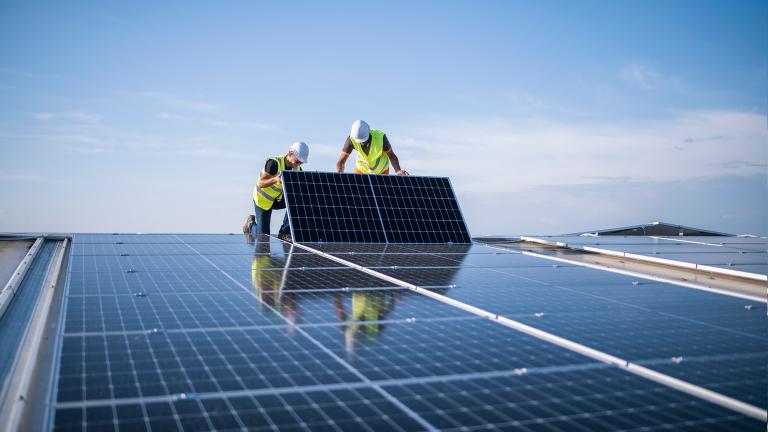In part one I made the point that if China and India develop along the same path as the West, we’re all doomed. This fact is becoming increasingly clear to everyone. One way or another, whoever foots the bill, they’ll have to change, and that means shifting to a more expensive-in-the-short-term source of electricity, of which clean coal is but one example among many.
In part two I acknowledged that there are powerful arguments — mainly social and political rather than economic or technological — that clean coal is the most obvious short-term choice (and thus that we should focus our efforts on developing and scaling it).
In this post I’ll make a simple point: the question before China (and other developing nations) is not whether to shift to sustainable development but when and how fast. The conundrum is all about decisions in the next 20 years.
The primary goal right now in developing nations is to bring people up to a standard of living commensurate with the Western middle class. Imagine two different paths that, e.g., China might take to that goal:
- Stick with the coal boom, build hundreds of coal plants, and then clean them up as best as possible when the technology becomes available.
- Shift government money, power, attention, and international aid to greening electricity production, electrifying transportation, encouraging public transit and green urbanism, and radically increasing the energy efficiency of houses, factories, and vehicles.
Comparing these choices, we need to ask which will reach the goal (a broad middle class) faster, which will reach it cheaper, and which will reach it in a way that it can be sustained over the long haul. Two facts I see as fundamental to this choice:
1. Sooner or later, China will have to take the latter path. It is often taken for granted that there’s enough coal to fuel China’s growth for another century at least. But there’s good reason to doubt that — one analysis predicts global peak coal by 2025. There’s more than enough coal around to fry the planet, but still, it’s a finite resource. China recently became a net importer.
That’s the physical limit on the horizon: coal peaks, begins declining, and becomes prohibitively expensive. Take that point in time and begin subtracting from it, knocking off a few years for everything that might happen before that physical limit to hasten coal’s demise:
- The national security vulnerability of relying on Australia, Indonesia, and Russia for a major source of energy will spur action from nationalists in developing governments.
- Rising oil costs will increase the price of international shipping of coal containers.
- The growing Chinese middle class will tire of toxic rivers, unbreathable air, desertification, water shortages, and billions of dollars in avoidable health care costs.
- State planners will notice (based, one hopes, on U.S. experience) that renewables provide more jobs, while coal mining and burning not only kill people but are increasingly automated, providing fewer and fewer jobs.
- International pressure to reduce carbon emissions will become overwhelming.
When you combine all these possibilities, it starts to look like China’s not going to get another century of breakneck growth out of coal. It starts to look like they’ll be lucky to get 20-30 years.
2. After the transition to R&E has been made, China will be better off in every respect. R&E creates more jobs. It distributes more political power into citizen hands. It dramatically reduces healthcare costs. It is more stable, since it involves reasonably predictable capital and operating costs without unpredictable fuel costs. It is more resilient against accidents, disasters, and attacks. And it has fewer externalities, foremost damage to the atmosphere, which otherwise promises to screw China up as bad as any country.
The above two facts are true for every country in the world: There’s an inevitable transition coming, and we’ll all be better off after we make it. The question is, how do you make the transition without disruptive effects in the short term? For every country, the calculation will be different. In rich Western countries, there’s no better time than the present. We have the wealth to pull it off without serious harm to our economies.
In China, the calculation is different. Their need for speedy development is greater. They have far more people in poverty and far less aggregate wealth to devote to the transition. They don’t have the social, intellectual, and entrepreneurial capital the U.S. has (at least not yet — we’re doing what we can to piss our advantage away). The transition is likely to be more disruptive and put a bigger damper on economic growth, especially if there isn’t substantial foreign aid involved.
The question facing China’s leaders is: why make this wrenching transition now? Why not buy some time with clean coal and make the transition later on, when the country is richer and has more technological tools available? Why not let Western countries lead the way for a few years? What reason is there to start today shifting to R&E?
I’ll offer an answer to that in part, um, what are we on now?, four I guess.


